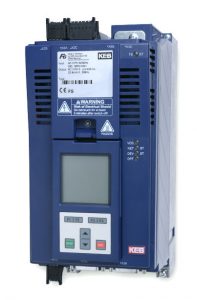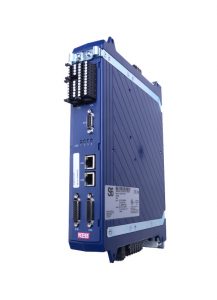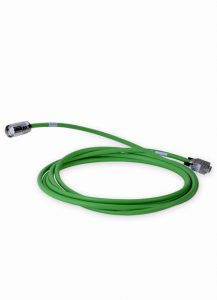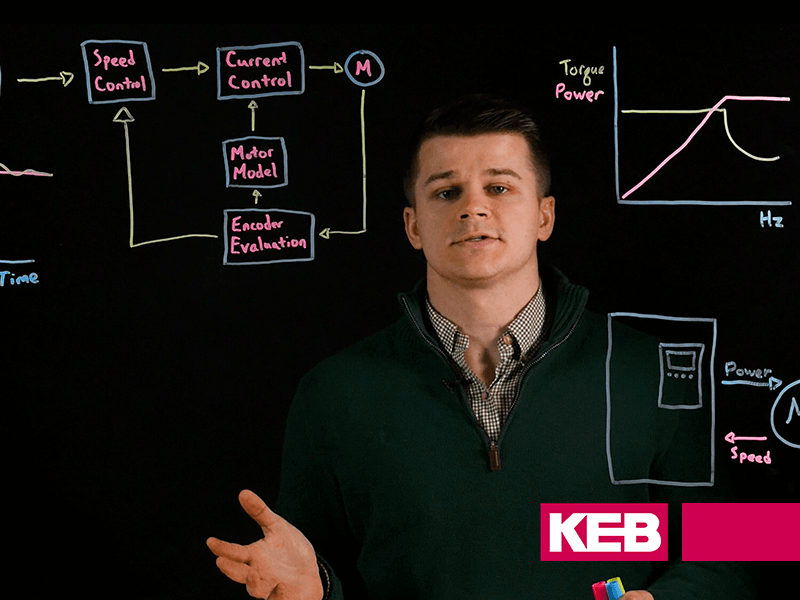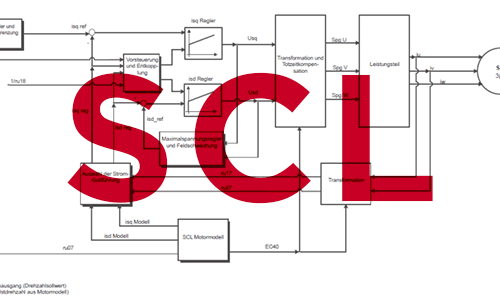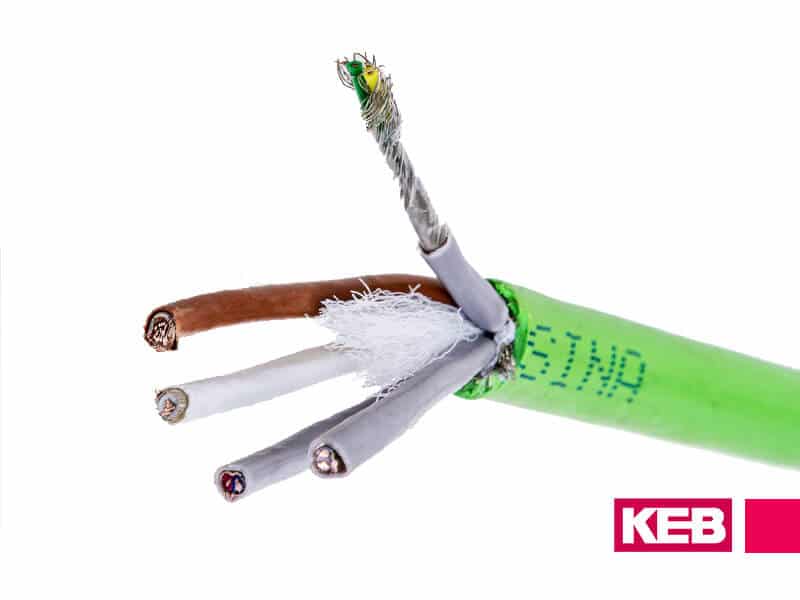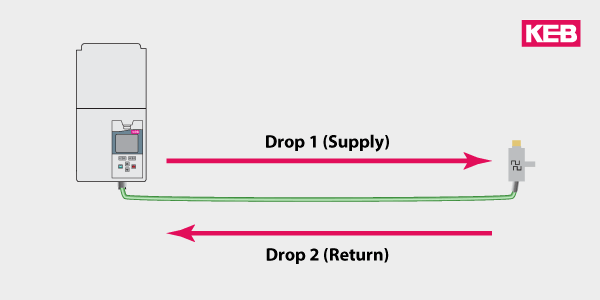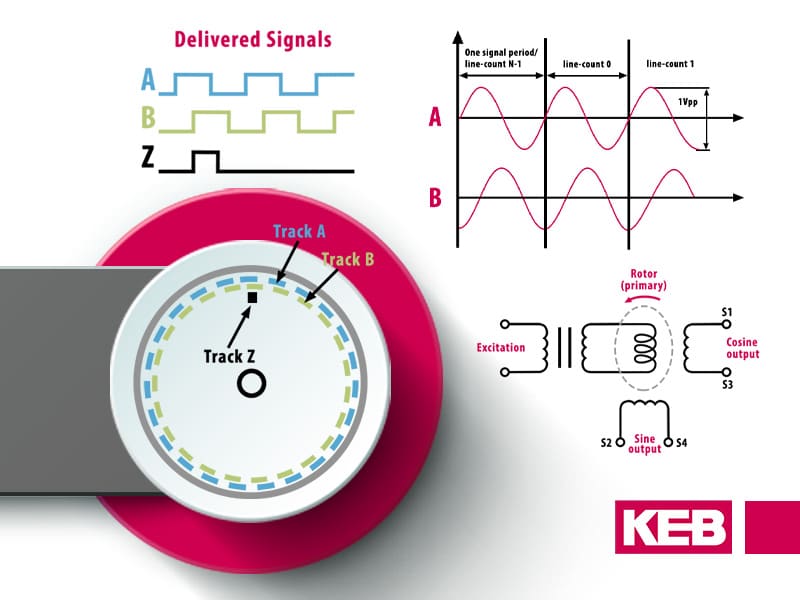What are the Benefits of Closed-Loop Motor Control?
Closed-loop motor control is a powerful solution for machine builders seeking dependable motor performance. This control system uses various sensors to monitor and adjust a motor’s speed and torque to improve accuracy, worker safety, and equipment lifespan. But despite its advantages, this system isn’t always the best or most cost-efficient choice for industrial applications.
As a leader in control and automation, KEB delivers cutting-edge motor control technologies for customers across the world. Today, we’ll explore the unique benefits and applications of closed-loop motor control—including its advantages over open-loop control—to see if it’s the best option for your application needs.
Benefits of Closed-Loop Motor Control
With closed-loop motor control, the drive uses encoder feedback on the motor shaft to measure the exact position (and speed) of the motor shaft. This measured or actual position is compared to the command speed, and the drive’s output is adjusted so the error value is 0. These calculations and adjustments are made very quickly – thousands of times per second. This continuous process of self-regulation enables more precise control of the motor at every phase of operation.
One of the most important benefits of closed-loop motor control is that it allows for accurate monitoring and regulation of the motor output. Different sensors like tachometers and rotary sensors can be installed depending on the type of motor, providing real-time data to further optimize system performance.
In addition to more accurate velocity control, a closed-loop system using an advanced motor model can also control torque, even at 0 speed. This is not possible with open-loop control algorithms like V/Hz. The ability to accurately control torque is necessary for applications like winders/unwinders, cranes, and extrusion processes.
Closed-loop motor control offers safety benefits, both for people and the motor itself, by automatically adjusting torque or speed to appropriate levels. This correction process helps prevent unsafe or unnecessary motion. Less movement in the system means that parts and components last longer, improving the lifespan and uptime of equipment.
What Is an Example of a Closed-Loop Control System?
A good example of a closed-loop control system is a servo motor for material handling. Servo motors use motion sensors to monitor and adjust the speed or torque of the motor based on load requirements, allowing equipment like cranes and hoists to run efficiently and safely across the supply chain.
There are many examples of closed-loop control systems outside of industrial applications. These vary in complexity, but all follow the same core working principle: continuous regulation of a process without the need for human intervention.
Thermostat heaters use this concept, continuously reading a building’s temperature and turning the heater on or off when the temperature rises or falls to a certain level. Air conditioners do the same with temp and humidity sensors, as do water pumps with float switches for water levels.
Open vs. Closed-Loop Motor Control
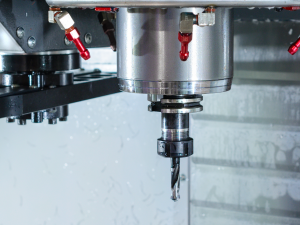
Open-loop motor control is a great choice for simple applications (like pumps or fans) that do not require accurate position feedback of moving objects.
Closed-loop motor control is ideal for more advanced applications that demand precise control of motor torque and speed. These include spindle control or elevator applications.
This distinction is important because not all industrial applications require constant monitoring of the motor and its torque/speed output. Open-loop controls are often less expensive because they’re less complex. The paired motor also becomes less expensive as it does not need a feedback device and feedback cabling. So, if the working conditions around a motor are predictable and constant, it’s often more practical and cost-efficient to favor open-loop control.
Assembly lines, conveyor belts, packaging machines: these have highly predictable, consistent workflows, making them a natural fit for open-loop control. Contrast this with wind power turbines where there are constantly shifting variables to measure, justifying the use of a closed-loop control system. Researching both options (and their advantages in the context of your application) is the best way to decide what’s right for you.
Sensorless Closed-Loop (SCL) Motor Control
In some cases, the use of encoder feedback simply isn’t practical. Vibration, electrical noise, and long cabling runs are just a few of the challenges that make encoder feedback less reliable or effective. These are perfect use cases for KEB’s sensorless closed loop™ (SCL) motor control technology.
SCL is an innovative control solution for high-speed motors, like those used in power generating systems or turbo blowers. SCL enables accurate control to lower motor heating and vibration, without the need for encoder or resolver feedback. Open-loop applications can take advantage of this technology to support more precise torque and speed. Other advantages of SCL motor control include motor shaft performance and finished product quality.
Flexible Motor Control for Your Industry & Application
Want to learn more about how to find the right motor control system for your unique application? Then be sure to contact a KEB solutions engineer today. Our experts will help you choose the best solution for your goals and limitations. We offer a wide selection of control and automation technologies, tailored to your industry and application needs.
Let's Work Together
Connect with us today to learn more about our industrial automation solutions—and how to commission them for your application.
